Logowanie
Mikołaj - ten to ma gest!
Elton John, The Mamas & The Papas, Cat Stevens, Rod Stewart, Bobbie Gentry, Stevie Wonder, Engelbert Humperdinck
Memory Lane
Edycja Numerowana - 1000 egzemplarzy w skali światowej
RACHMANINOV, Eiji Oue, Minnesota Orchestra
Symphonic Dances / Vocalise
Best Recordings of 2001!!! NAJCZĘŚCIEJ KUPOWANA PŁYTA Z RR!
Karnawał czas zacząć!
Music of Love - Hi-Fi Latin Rhythms
Samba : Music of Celebration
AUDIOPHILE 24BIT RECORDING AND MASTERING
CHOPIN, LISZT, DEBUSSY, DVORAK, Gerhard Oppitz
Dances romantiques - A fantastic Notturno
Wzorcowa jakość audiofilska z Clearaudio
Winylowy niezbędnik
ClearAudio
Double Matrix Professional - Sonic
najbardziej inteligentna i skuteczna pralka do płyt winylowych wszelkiego typu - całkowicie automatyczna
Herbie Hancock, Freddie Hubbard, Dexter Gordon, Butch Warren, Billy Higgins
Takin' Off
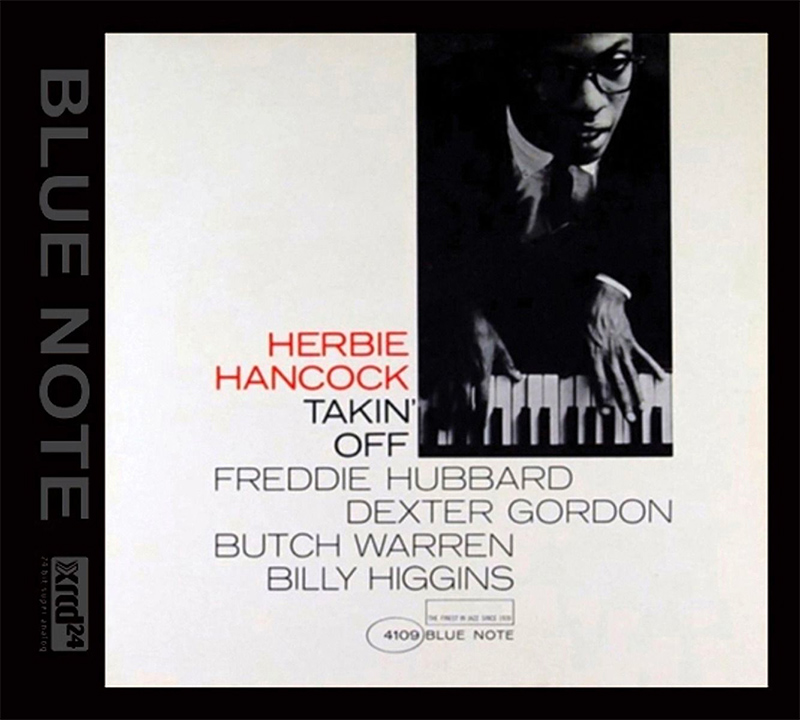
- Herbie Hancock - piano
- Freddie Hubbard - trumpet
- Dexter Gordon - tenor saxophone
- Butch Warren - double bass
- Billy Higgins - drums
John Fordham The Guardian, Friday 28 September 2007 In the current series of Blue Note classics remastered by the revered jazz producer Rudy van Gelder, this leadership debut by a 22-year-old Herbie Hancock is essential for any collection, and it's also an interesting complement to an imminent new Hancock release. The band is drawn from the premier league of early 1960s jazz, with the grainy sound of Dexter Gordon's tenor sax and the gleaming tone of Freddie Hubbard making a dream horn section, and the lightly dancing cymbals of Billy Higgins driving the grooves. Hancock was already astonishingly sophisticated, both as a player and a composer, and the knack for hooks that made his later work so successful in pop as well as jazz is apparent in the gospelly yet knowing theme of the classic Watermelon Man. All the pieces here are Hancock originals: Three Bags Full echoes the 1950s Miles band (though Hancock's soul roots show in the fills), The Maze is a twisty disguised blues that gets funky, and Driftin' is such a laidback modern-jazz medium-swinger that you almost feel there's smoke in the room. Hancock's solos glitter with invention all through, and there are three alternate takes in this reissue. Herbie's Blue Note debut features the incomparable horn duo of Freddie Hubbard and Dexter Gordon (both at their creative peaks), blowing out Hancock's angular, bluesy tunes with passion and finesse. The album kicks off with the classic "Watermelon Man"; the songs are largely uptempo hard-bop until closing with the sparkling, late-night ballad "Alone and I." The pianist's forays into experimentation are displayed in the strange rhythm section solos and the lack of thematic resolution on "The Maze" or the 32-bar broken phrasing on "Three Bags Full." The sound is pure early-'60s Rudy Van Gelder: muted piano, in-your-face horns and rhythm section in your living room. "When I listened to the Audio Wave XRCD release of [AWMXR0008] Lee Morgan - Tomcat I was awestruck. My conclusion was that rather than comparing digital to analog, a more logical conclusion was that the entire digital vs. analog debate becomes irrelevant when listening to a recording that is so far superior to anything that has come before it. My analog setup costs six times what my digital one does, but given the same Blue Note title on LP or XRCD I'd choose the XRCD each time. I question the motive of any writer who claims that there is an LP re-issue that equals the sound you all are achieving. "I recently purchased three more Audio Wave Blue Note titles and the sound on each of them is really stunning. The clarity (without any brightness), dynamics, instrumental timbres and subtlety that I hear in these performances is amazing. You can really hear the emotion and intent of the performers in a way I have not experienced with my Blue Note records before, be it an original pressing, RVG remaster or one of the 45 rpm re- issues from other labels. When playing [AWMXR0010] Horace Silver- Cape Verdean Blues over the weekend, my mom (who was visiting from out of town) and daughter actually came in the room and started dancing around. It's magic on a silver disc. "I hope you will have the opportunity to visit other back catalogs or more Blue Note titles with wizard Alan Yoshida at the helm. I have a new appreciation for the importance of mastering. Thanks for the great music." - Steven Frost, Elusive Disc Customer
 Płyty XRCD - DO ODTWORZENIA W KAŻDYM TYPIE CZYTNIKA CD i DVD . Gwarantują niespotykaną wcześniej analogową jakość brzmienia, znakomitą scenę i wyjątkową przejrzystość oraz kolorystykę dźwięku. |





























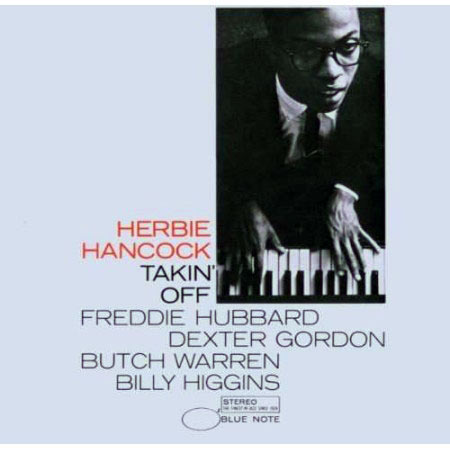
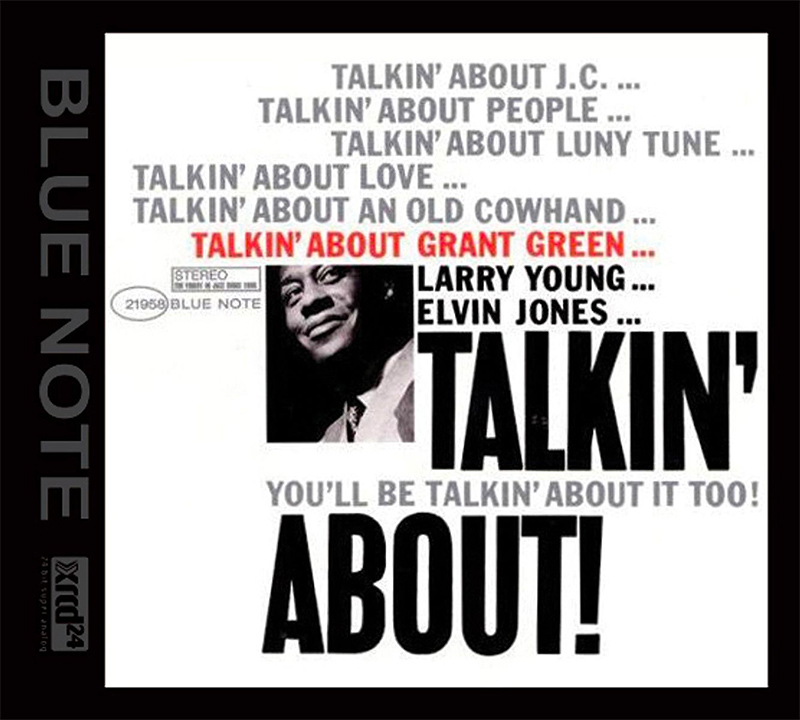
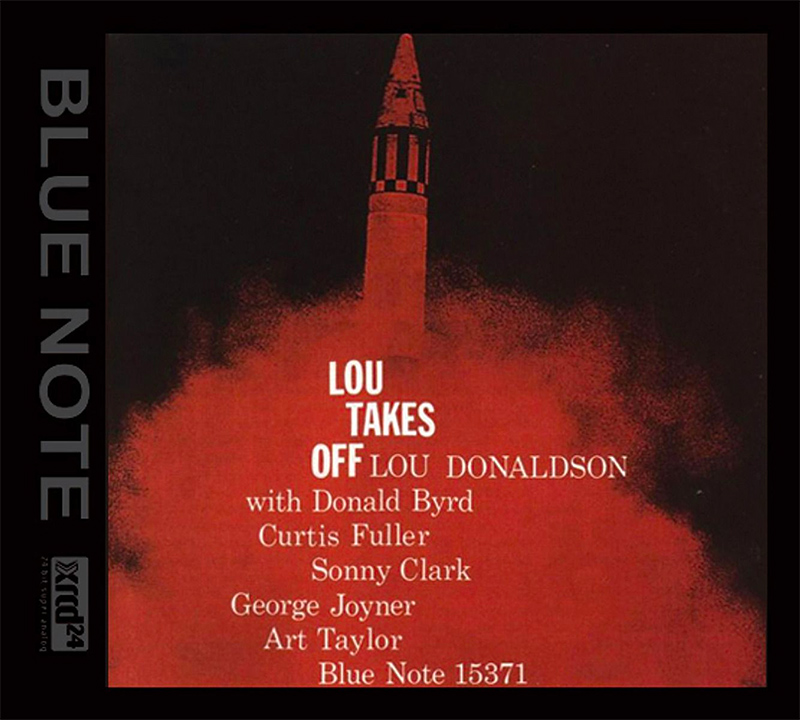
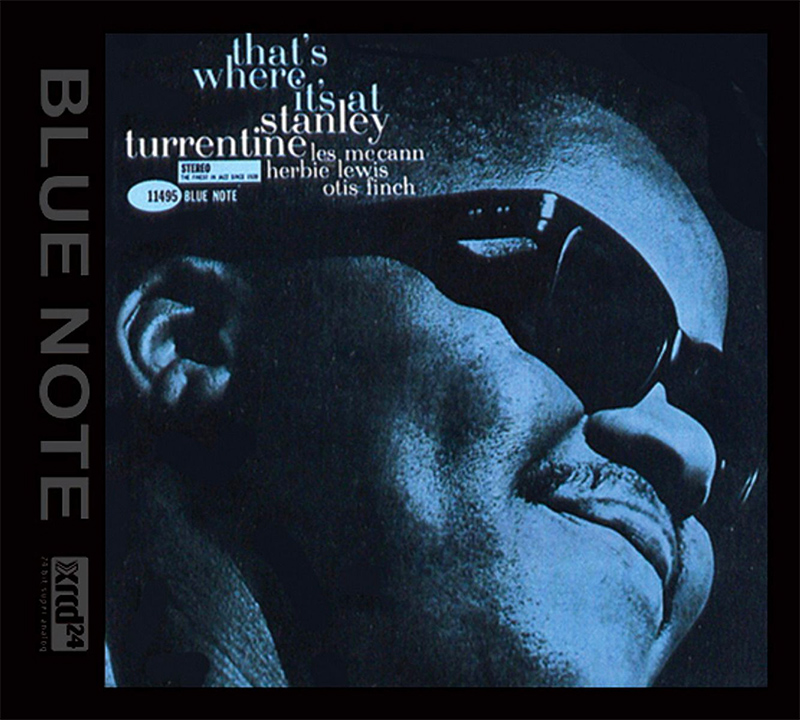
![Look Out [Bonus Tracks]](https://ccd.pl/covery/AWMXR0022.jpg)